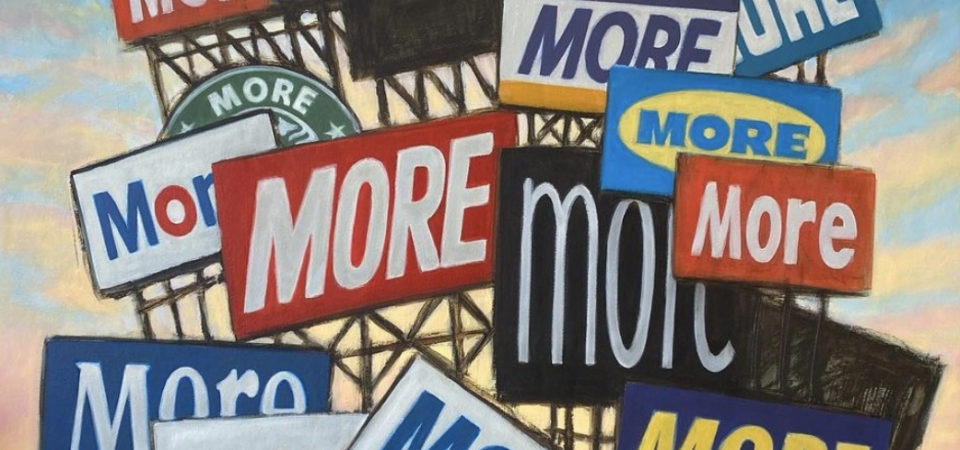"Acting without this understanding is like putting a bandage on a life-threatening injury." Not enough people understand what is really at stake with the converging crisis we face. The media is caught between instilling fear and greenwashing. We need to get educated if we want to act. Artists can play a major role in spreading an urgent message.
 Thanks to all the artists who contributed to the Population and Consumption art call, based on The Post Carbon Institute’s free online course Think Resilience. To respond to the art call, we asked the artists to watch the beginning of the course.
Thanks to all the artists who contributed to the Population and Consumption art call, based on The Post Carbon Institute’s free online course Think Resilience. To respond to the art call, we asked the artists to watch the beginning of the course.
Lesson 1 Introduction
Lesson 2: Energy (precedent art call)
Lesson 3: Population and Consumption
“Human impact on the environment results not just from population size, and not just from the per capita rate of consumption, but from both together. In this video we explore how adoption of tools, language, agriculture, and most especially fossil fuels allowed humans to temporarily overcome the carrying capacity of the planet to support our growing population and consumption, and why those trends can no longer continue.”
Think Resilience is hosted by Richard Heinberg, one of the world’s leading experts on the urgency and challenges of moving society away from fossil fuels.
We live in a time of tremendous political, environmental, and economic upheaval. What should we do?
Think Resilience is an online course offered by Post Carbon Institute to help you get started on doing something. It features twenty-two video lectures—about four hours total—by Richard Heinberg, one of the world’s foremost experts on the urgency and challenges of transitioning society away from fossil fuels. Think Resilience is rooted in Post Carbon Institute’s years of work in energy literacy and community resilience. It packs a lot of information into four hours, and by the end of the course you’ll have a good start on two important skills:
1. How to make sense of the complex challenges society now faces. What are the underlying, systemic forces at play? What brought us to this place? Acting without this understanding is like putting a bandage on a life-threatening injury.
2. How to build community resilience. While we must also act in our individual lives and as national and global citizens, building the resilience of our communities is an essential response to the 21st century’s multiple sustainability crises.
Here is a selection of the art contributions sent by artists through What’s Next for Earth’s Instagram:
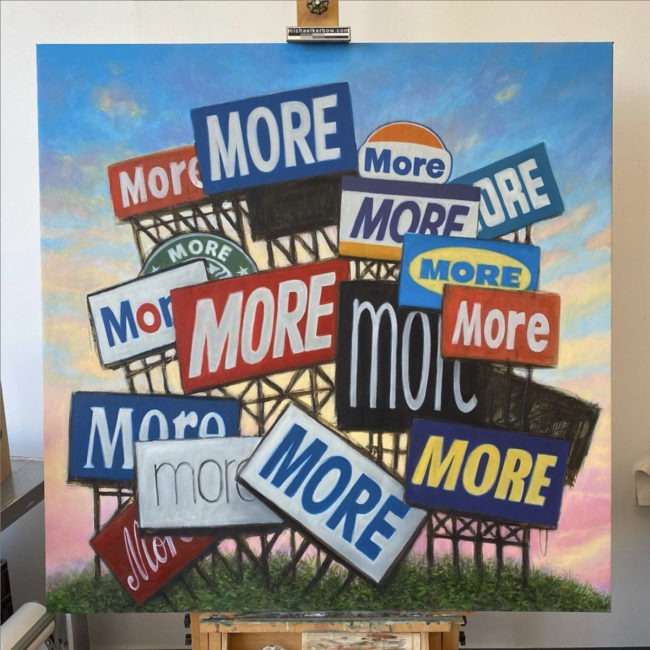
Michael Kerbow (San Francisco, California)
Instagram: @michaelkerbow
I think I’ve finally rounded a corner with this current painting in my studio. I’m not going to call it completed just yet but I can see the finish line.
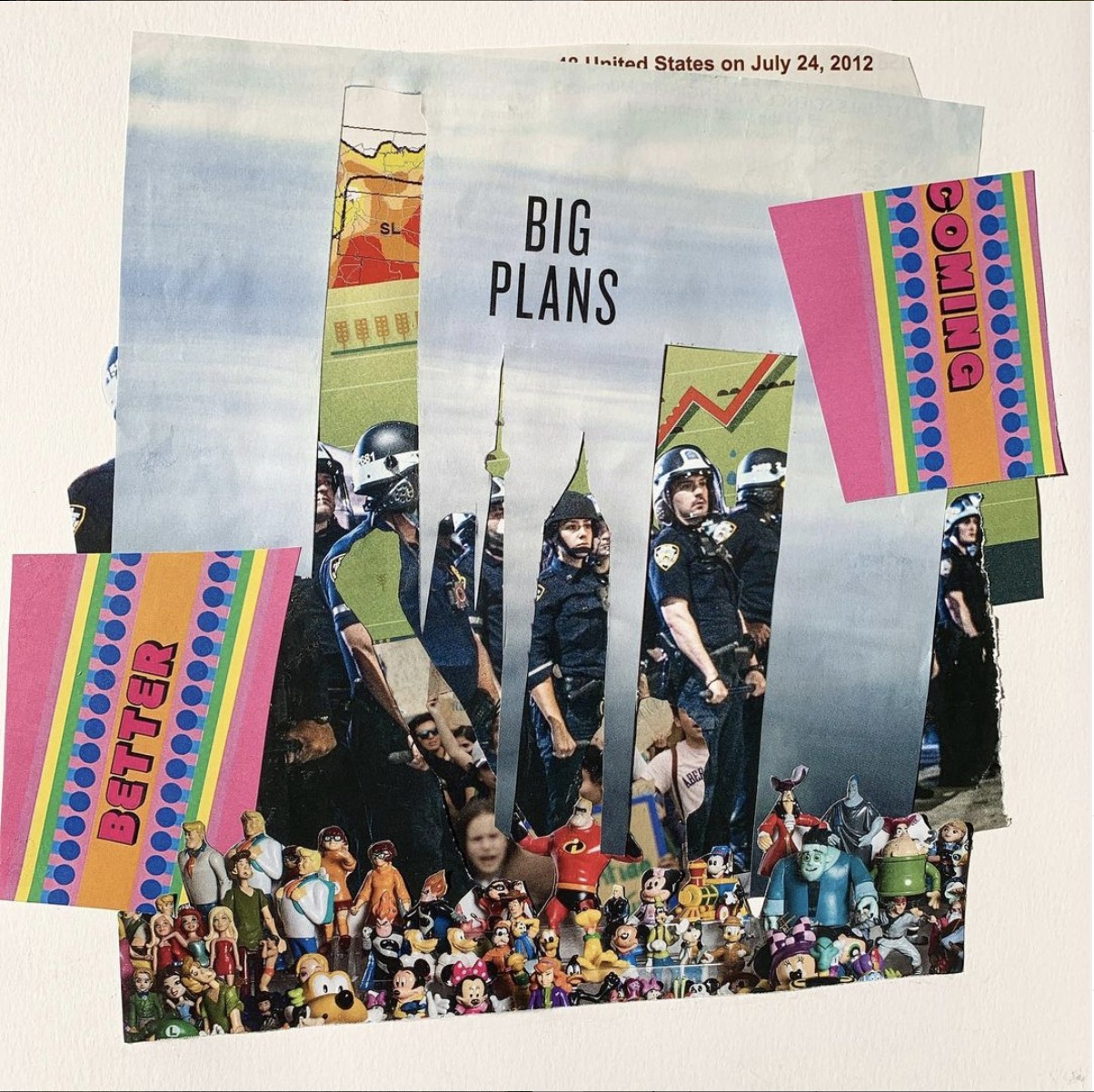
Christina Conklin (California)
Instagram bychristinaconklin
In the 1950s there were 2 billion on earth, now there are 7+, heading toward 10. What does it mean for justice, for resources, for global culture when too many bodies share a warming planet?
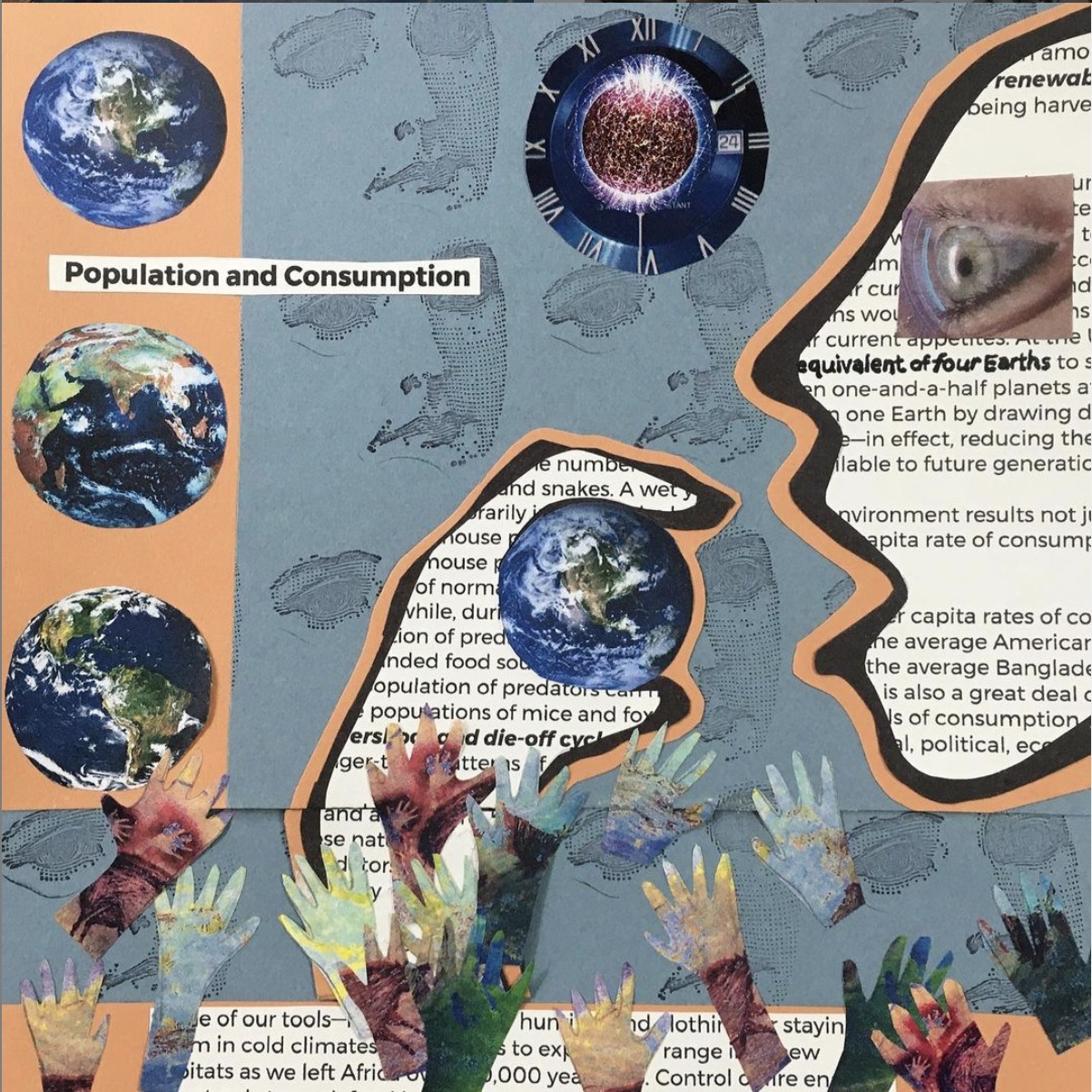
Marianne Bickett (Oregon, US)
Instagram: @mariannalmaremoments
The theme this month is Population and Consumption. What struck me while listening to the Think Resilience course was the fact that “… at our current rate of consumption we humans…(to sustain US consumption) would need the equivalent of four earths to sustain us.” The one earth we do have needs our actions to save life on earth. Thank you WHatsNextForEarth for the great art calls!
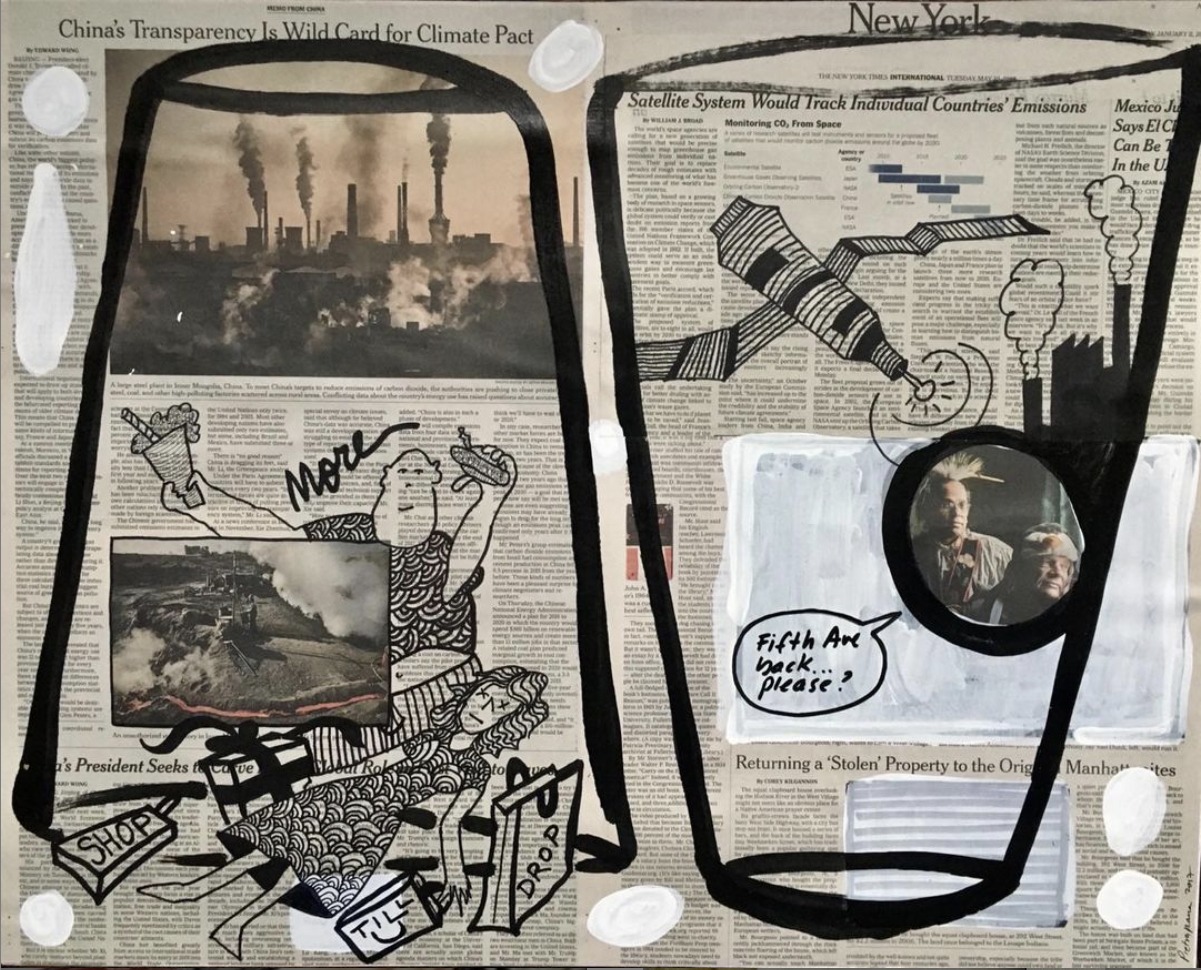
Cristian Pietrapiana (NYC, US)
Instagram: @cristianpietrapiana
‘Growth in per-capita consumption is also unsustainable over the long haul.’
Richard Heinberg.
Learn more visiting education.resilience.org
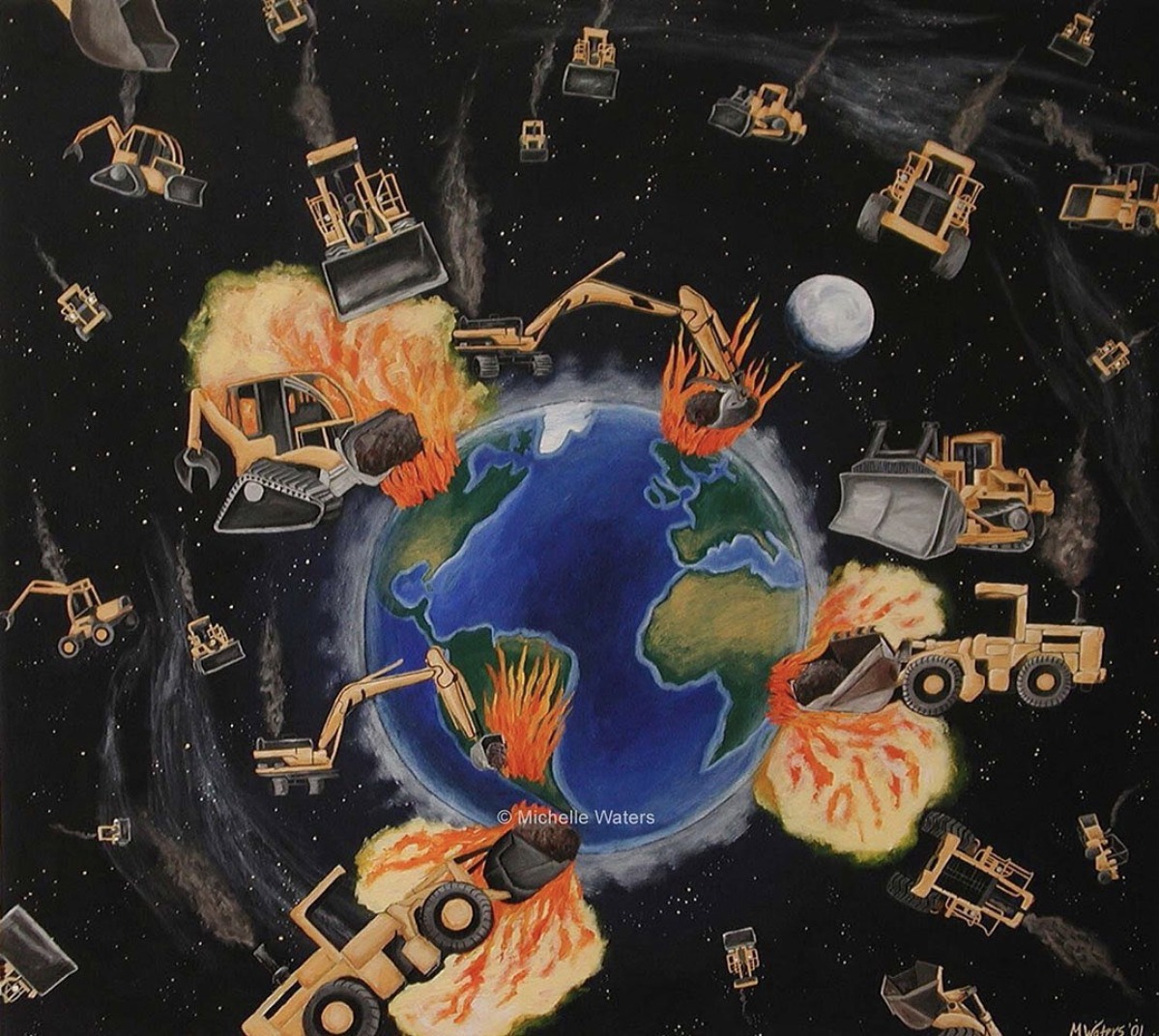
Michelle Waters (Santa Cruz Mountains, California)
Instagram: @michellewatersart
Manifest Destiny
40” x 40”
Here’s an oldie that I painted almost 20 years ago, and of course the situation has only gotten worse since then. Though my painting practice has changed a lot in the years since I made this, my thoughts regarding what we’re doing to the animals and nature are the same.
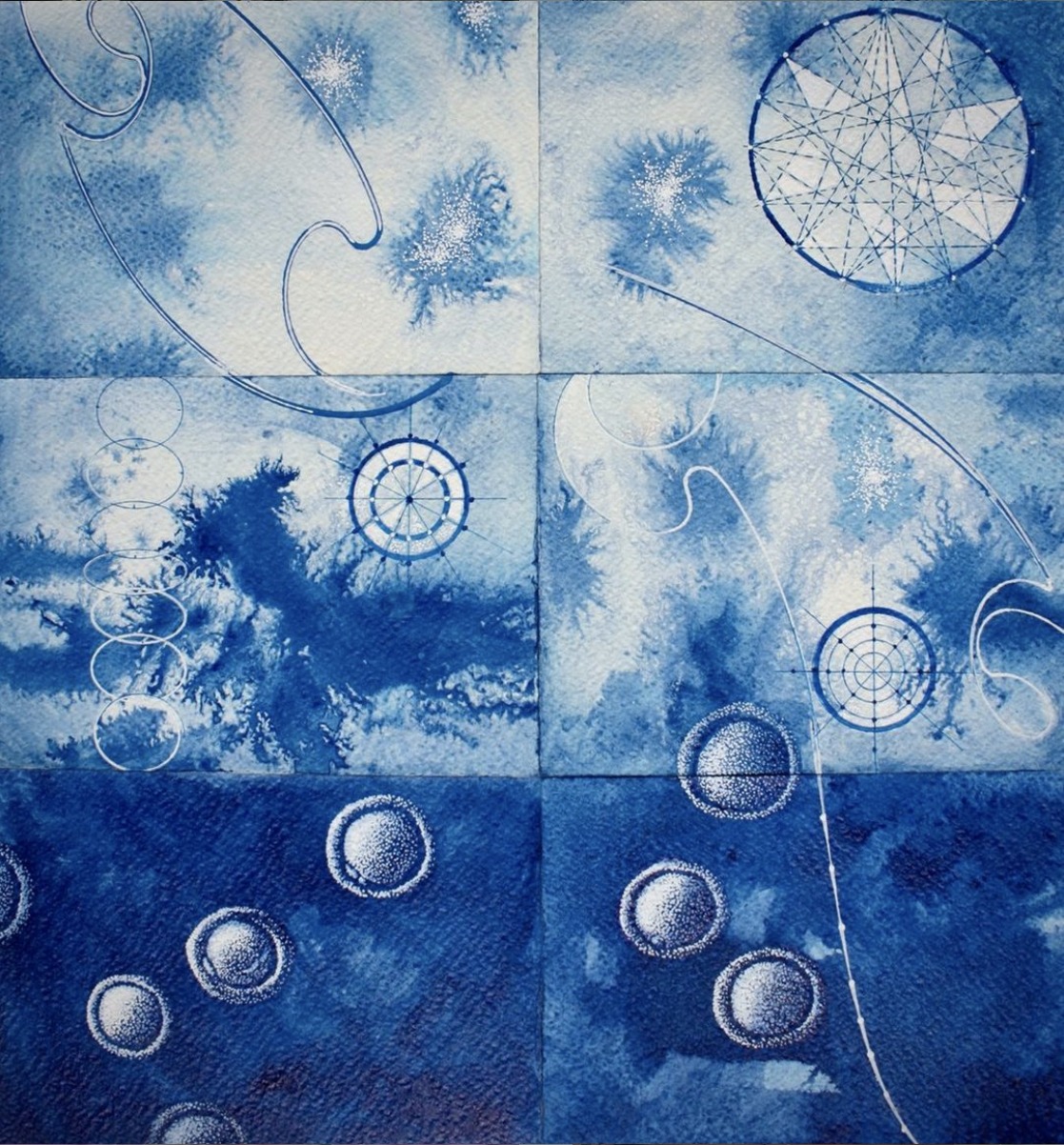
Deborah Kennedy (California, US)
Instagram @deborahkennedyart
This ink drawing shows human eggs with symbols of connectivity and compass roses. Our precious genetic material floating in a complex world. Climate change is already threatening food production. If we continue increasing our population in a world of declining food production we are on a collision course with reality.
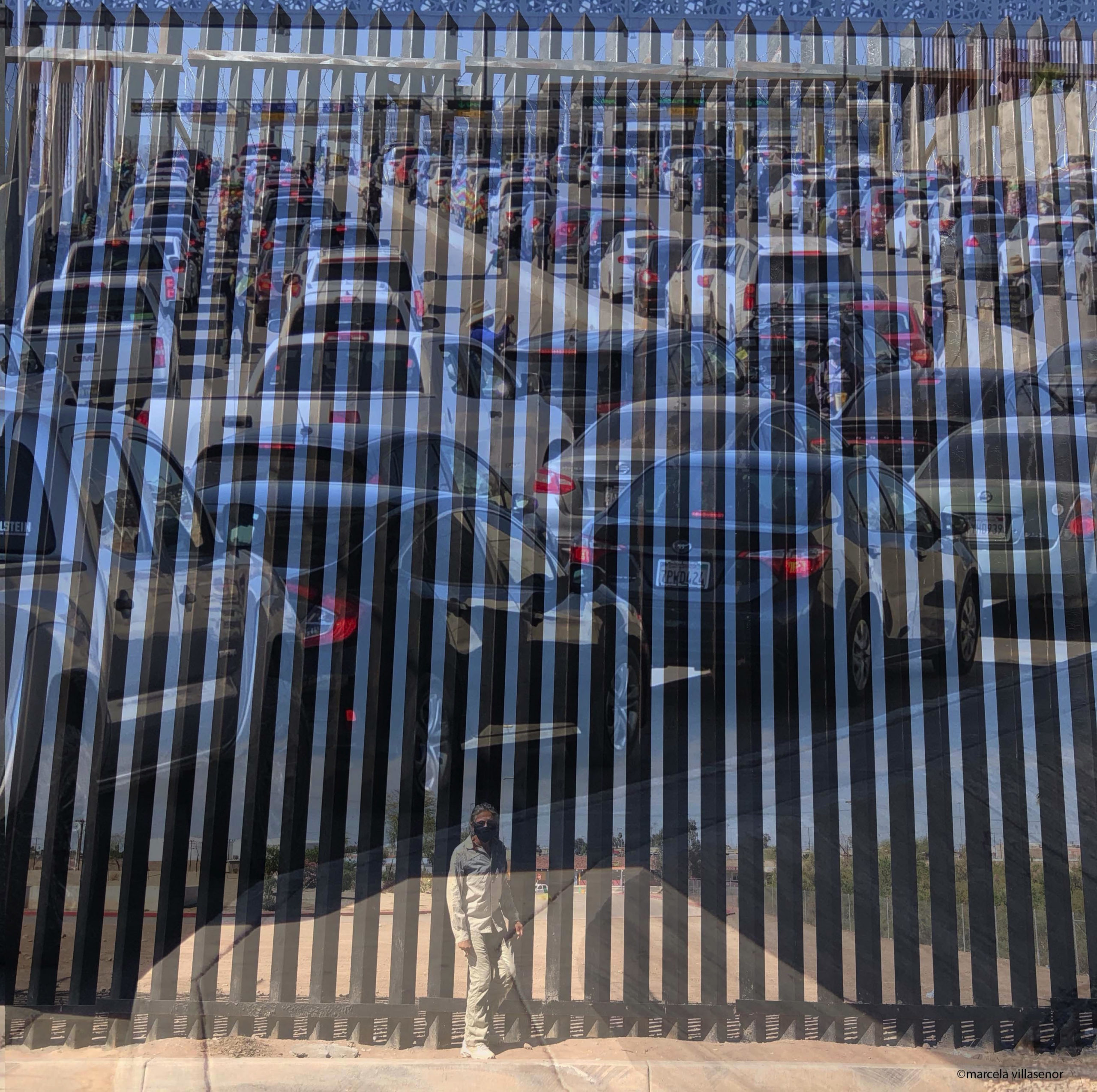
Marcela Villaseñor (California, US)
Instagram: @mvillasenor
Buying/Crossing
2021
digital photography

Pascal Ken (Saint-Brévin-Les-Pins, France)
Instagram: @pascalken
There must be some kind of alternative economic models
Digital collage from calligraphy on paper, photography
40x27cm
Every day, more technology, more needs, more comfort, more products! It is time to go for a new economic model! Some of us are ready! Some are not! Are you ready?
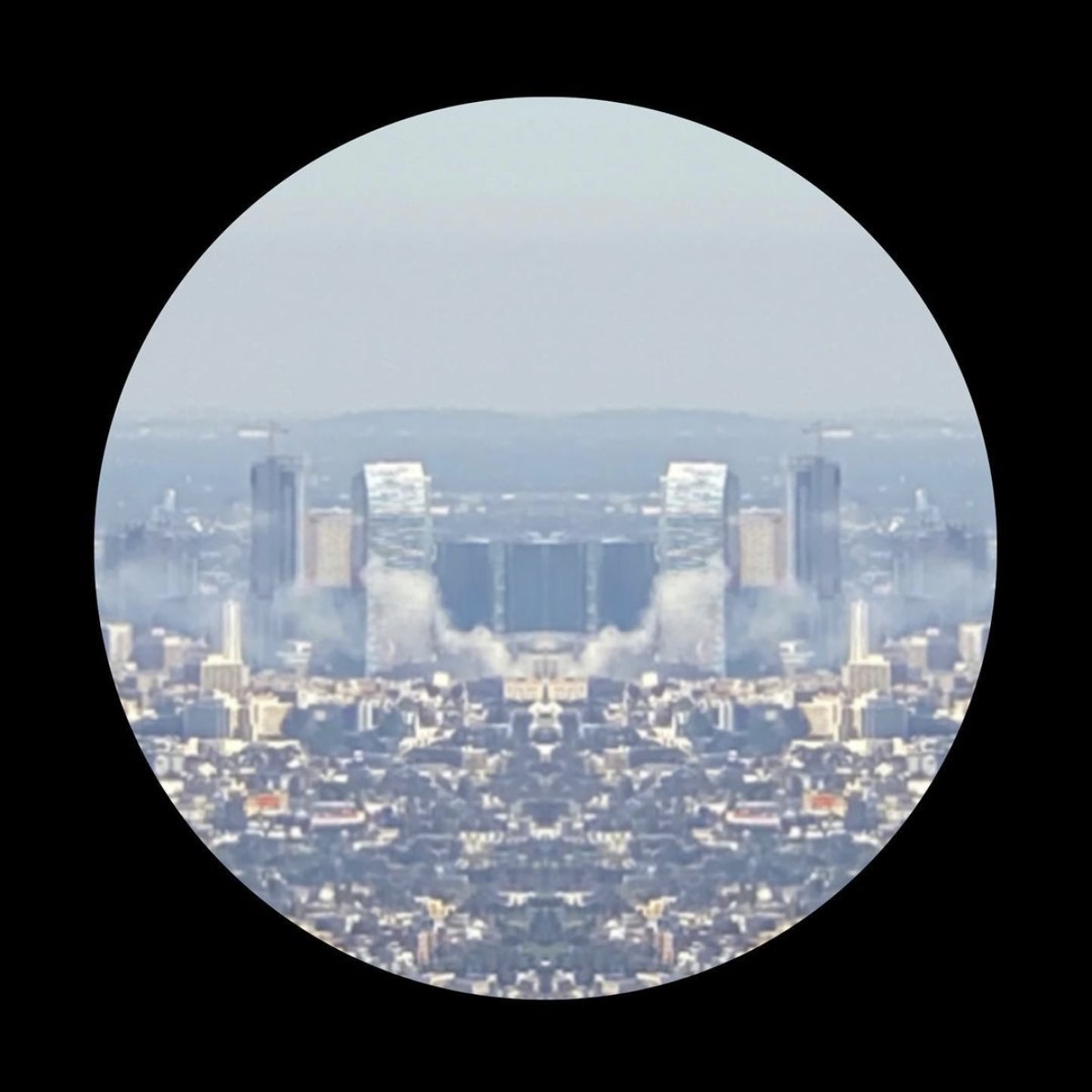
Quin De La Mer (Indian Wells, California, US)
Instagram: i3rstudios
Boneyard
digital art
6×6”
2021.
Inspired by the Population and Consumption art call, I created a new piece for my Elsewhen series. There are too many of us consuming our host and home. Our way of life has become a self-generating machine without consciousness… are we a suicidal cultural collective?
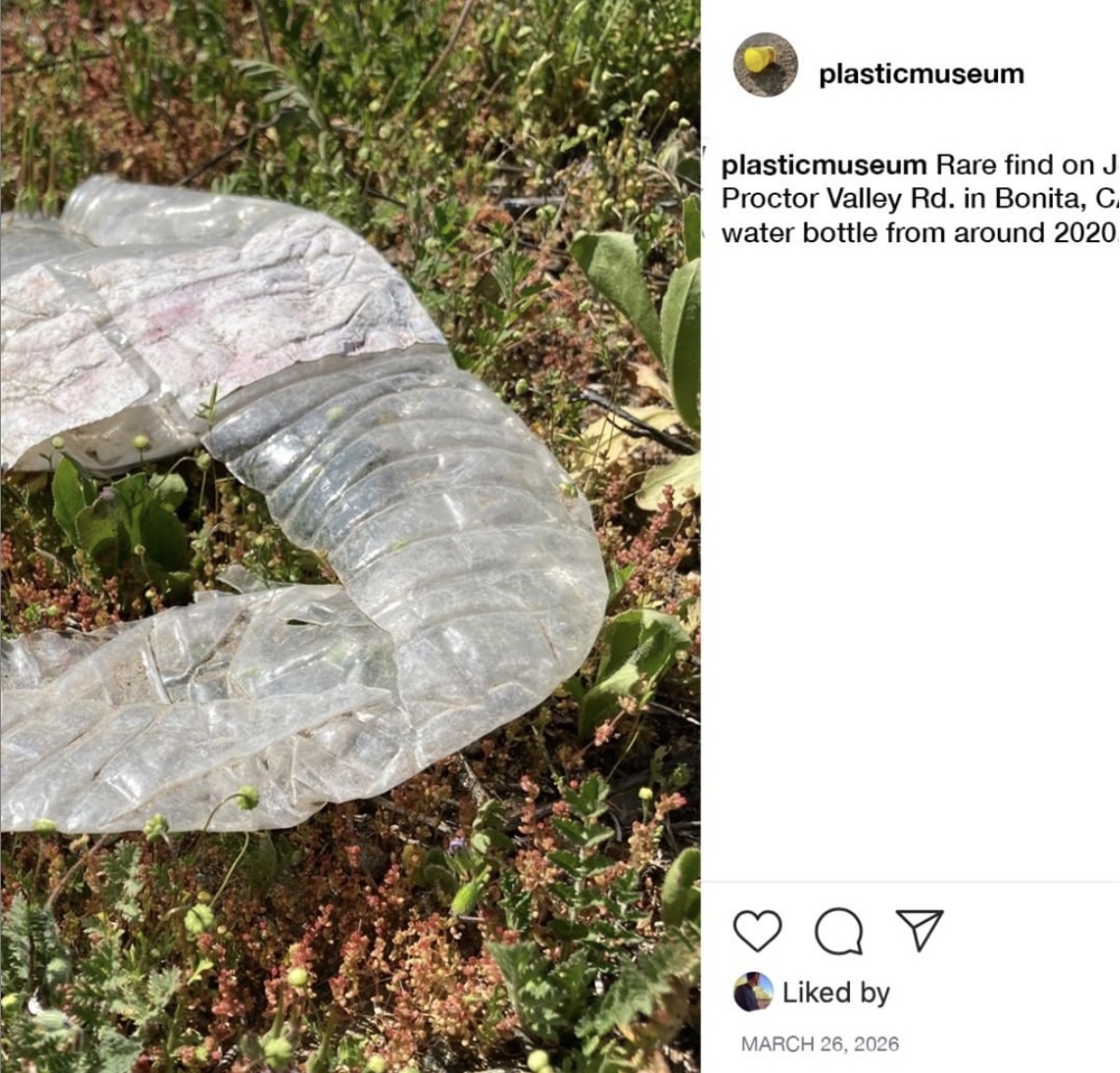
Terri Hughes-Oelrich (California, US)
Instagram: @hughesoelrich
Rare Find, March 26, 2026
digital photo
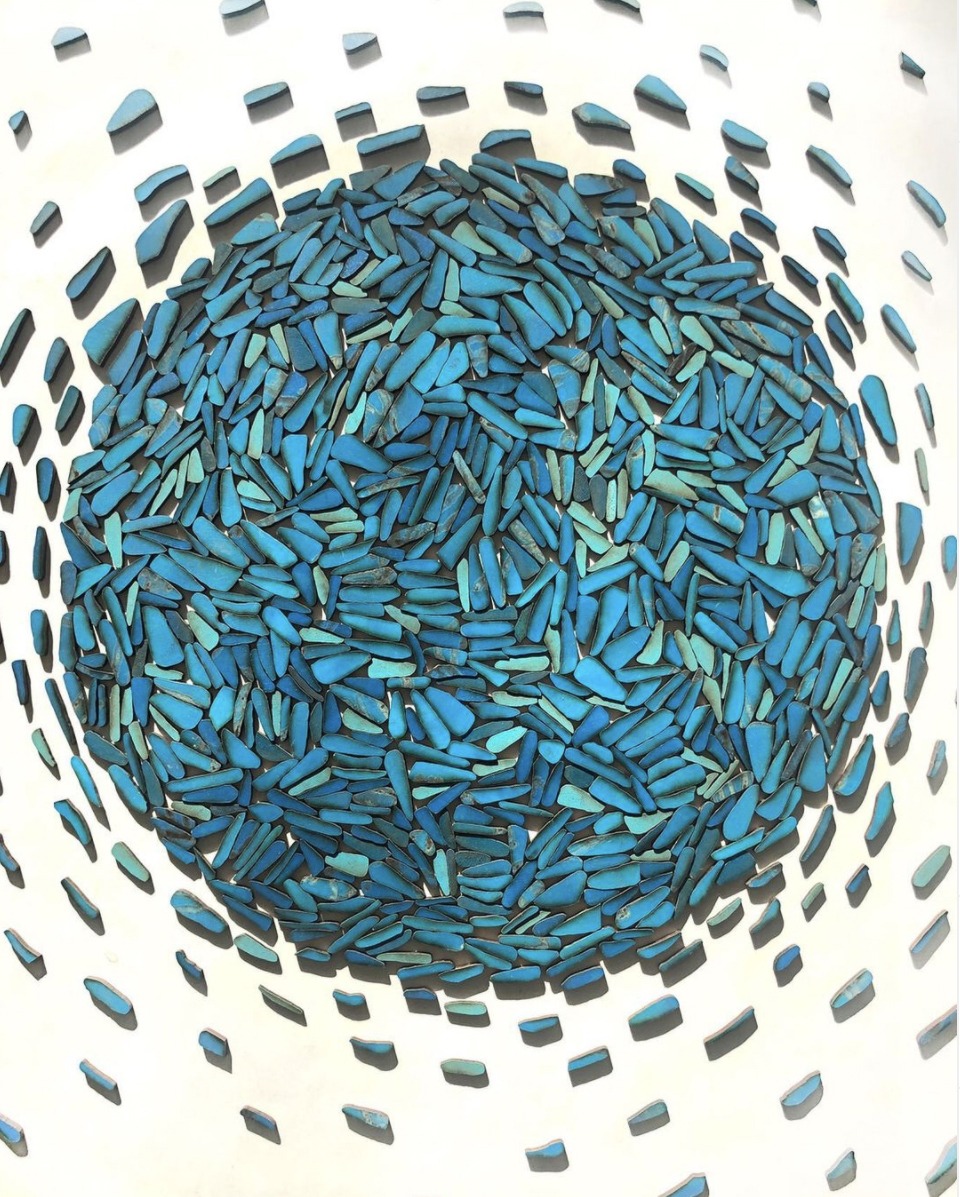
Michele Guieu (Sunnyvale, California, US)
Instagram: @micheleguieu
Overshoot
Ephemeral composition
Painted wood scraps from a previous project
20”x30”
2021
Our planet is finite, this fact will never change. There will never be more minerals, metals, fossil fuels than what already exists. Population growth and consumption are correlated. Although there are immense disparities in the consumption levels around the world, humans are using resources and space exponentially, using resources faster than the Earth can regenerate them, such as forests and fish. We add more than 80 million people a year. This has catastrophic consequences on the rest of the living world. Wildlife and wilderness are both disappearing fast.
Here’s a thought-provoking video to watch on YouTube: “Facing up to overpopulation” by Jane O’Sullivan from the conference “Delivering the Human Future”.
What’s Next For Earth is an art project created by Michele Guieu, eco-artist and MAHB Arts Community Coordinator, to reflect on the climate emergency, the human predicament and envision a desirable future. The project is supported by the MAHB.
If you have any questions, please send a message to michele@mahbonline.org.
Thank you ~
Follow What’s Next for Earth on Instagram!

